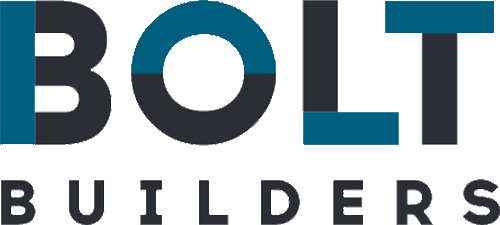Since the start of the coronavirus pandemic mortgage rates have been sitting near record lows. It is the first time in fifty years that the average rate has dropped below 3%. Millions of Americans have already refinanced their mortgages, with more eager to do so every day. Borrowers today surely remember the last housing boom in the early 2000’s, when homeowners were using their properties like ATM’s and withdrawing their cash equity. When the market crashed in 2007, many of these homeowners were left owing more on their mortgages than their homes were worth. Home appreciation in the Washington Metro Area, specifically inside the Beltway has skyrocketed. In some cases, homes have appreciated north of 20% in the past 4 years. Homeowners now view home equity as a savings account rather than a checking account.
Many homeowners are using this low-rate environment as an opportunity to add value to their homes by remodeling or adding home additions. The home inventory on the market is low and the properties that do come available in our immediate area are aging. Homeowners now are finding that through additions and remodeling, they can get the amenities they desire with the updated custom finishes that they dreamed of. Thanks to the Magnolia movement, the charm of an older home has been resurrected by endless design opportunity.
COVID has catalyzed homeowner’s desire to make home improvements. Estimates show over 70% of employees that were able to work remotely have transitioned to working from home. Not to mention the millions of children throughout our country who are now learning virtually, from home. All this time being spent in the home has given homeowners time to reflect on what they can improve or update. Here are few considerations to take in account while renovating during COVID;
- Plan way ahead. COVID has applied tremendous pressure to the manufacturing industry and supply chain. Materials such as appliances, furniture, and various building products have had long lead times and inconsistent delivery of products.
- Create a baseline schedule with float time for force majeure – COVID. We have seen it a few times over, a subcontractor and their team gets sick and the job has to stop. This is unfortunate.
- Spend time on the budget. Understand that the cost of building materials rises every week. And there have been tremendous upticks in the price of steel, lumber, and manufactured products these past few months because of COVID. Getting ahead of the designs, specifications, and selections will help you gain clarity and control cost and even scale back, if necessary.
- Limit your exposure to staff and subcontractors. These folks have worked through the coronavirus and have unfortunately interacted with many people. Practicing the CDC social distancing guidelines will be extremely helpful in maintaining good health. Save walkthrough meetings for days when the crews are not on site.
- Relax and enjoy – construction on your home is stressful. COVID adds another level of complexity. Just remember, it was well worth the wait once you are enjoying your finished space.
